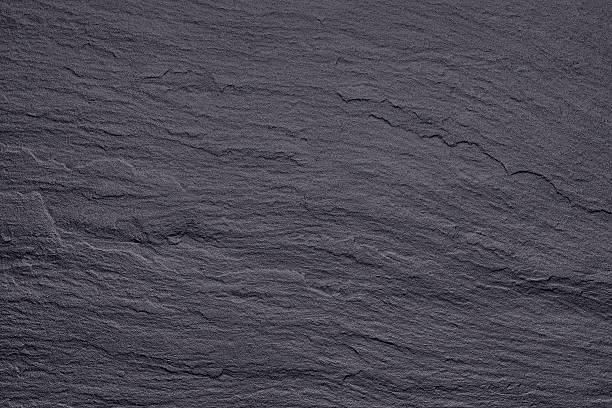Textured wall tiles have become increasingly popular in interior design, offering a versatile and stylish solution for homeowners and designers alike. These tiles, characterized by their unique surface finishes and patterns, add depth, dimension, and visual interest to any space. From enhancing aesthetics to concealing imperfections, textured wall tiles offer a myriad of benefits that make them a preferred choice for many. In this article, we explore the world of textured wall tiles, discussing their types, benefits, installation process, maintenance tips, and much more.
Benefits of Textured Wall Tiles
Textured wall tiles serve as more than just decorative elements; they offer several practical advantages as well. Firstly, they enhance the aesthetics of a space by adding visual interest and depth to plain walls. Whether you prefer a rustic, industrial look or a sleek, modern vibe, textured tiles come in various designs and finishes to suit diverse style preferences.
Moreover, textured wall tiles can help conceal imperfections on walls, such as bumps, cracks, or uneven surfaces. By adding texture, these tiles create a focal point that draws attention away from flaws, resulting in a smoother and more visually appealing surface.
Types of Textured Wall Tiles
There is a wide array of textured wall tiles available on the market, each offering its unique characteristics and appeal. Some common types include natural stone tiles, ceramic tiles, glass tiles, and concrete tiles. Natural stone tiles, such as slate or travertine, boast organic textures and earthy tones, perfect for creating a rustic or Mediterranean ambiance. On the other hand, ceramic tiles offer endless possibilities in terms of colors, patterns, and textures, making them suitable for various design schemes.
Choosing the Right Textured Wall Tiles
When selecting textured wall tiles for your space, several factors should be considered. Firstly, assess the room’s purpose and traffic flow to determine the appropriate tile material and durability requirements. Additionally, consider the maintenance needs of different tile options, as some may require more frequent cleaning or sealing than others. Lastly, ensure that the chosen tiles complement the overall style and design scheme of the room, whether it’s a sleek and contemporary aesthetic or a cozy and traditional atmosphere.
Installation Process of Textured Wall Tiles
The installation of textured wall tiles requires careful planning and execution to achieve the desired results. Begin by preparing the surface, ensuring it is clean, dry, and free of any debris or contaminants. Apply a suitable adhesive to the wall using a trowel, providing even coverage. Next, carefully place each tile onto the adhesive, using spacers to maintain consistent spacing between tiles. Once all tiles are in place, allow the glue to cure before grouting the joints. Finally, seal the grout to prevent moisture infiltration and protect the tiles from stains and discoloration.
Maintenance Tips for Textured Wall Tiles
Regular maintenance is essential to keep textured wall tiles looking their best. Use a mild detergent or pH-neutral cleaner and a soft brush or sponge to remove dirt and grime from the surface. Avoid abrasive cleaners or harsh chemicals, as they can damage the tiles’ finish and texture. Periodically inspect the tiles for any signs of damage or wear, such as cracks or loose tiles, and address them promptly to prevent further issues.
Popular Trends in Textured Wall Tiles
In recent years, several trends have emerged in the world of textured wall tiles. Geometric patterns, metallic finishes, and 3D textures are among the most popular choices for homeowners and designers alike. These innovative designs add visual interest and contemporary flair to any space, making them ideal for modern interiors.
Sustainable Options in Textured Wall Tiles
With a growing emphasis on sustainability and eco-conscious design, many manufacturers offer textured wall tiles made from recycled materials or produced using environmentally friendly processes. These sustainable options allow homeowners to reduce their environmental footprint while still enjoying the beauty and functionality of textured tiles.
Cost Considerations for Textured Wall Tiles
The cost of textured wall tiles can vary significantly depending on factors such as material, size, and design. Natural stone tiles tend to be more expensive than ceramic or glass tiles, while custom designs or specialty finishes may also increase the overall cost. It’s essential to consider both material and installation expenses when budgeting for textured wall tiles, as well as the long-term value they bring to your space.
DIY vs. Professional Installation
While DIY installation may seem cost-effective, it’s essential to weigh the pros and cons carefully. DIY projects require time, effort, and skill to execute correctly, and mistakes can be costly to rectify. In contrast, professional installers have the expertise and tools necessary to ensure a seamless and long-lasting result, saving you time and hassle in the long run.
Case Studies: Inspiring Textured Wall Tile Designs
To inspire your next project, here are some case studies showcasing creative and innovative uses of textured wall tiles:
- Residential Applications: From accent walls to kitchen backsplashes, textured tiles can transform ordinary spaces into extraordinary ones. Consider incorporating bold patterns or contrasting textures to create visual interest and drama in your home.
- Commercial Spaces: In commercial settings, textured wall tiles can make a statement while offering practical benefits such as durability and ease of maintenance. Whether it’s a trendy restaurant or a chic boutique, textured tiles add personality and style to any environment.
Conclusion
In conclusion, textured wall tiles are a versatile and stylish option for enhancing the aesthetics of any space. From adding depth and dimension to concealing imperfections, textured tiles offer numerous benefits that make them a popular choice among homeowners and designers alike. By considering factors such as material selection, installation process, and maintenance requirements, you can ensure that your textured tile project is a success.
